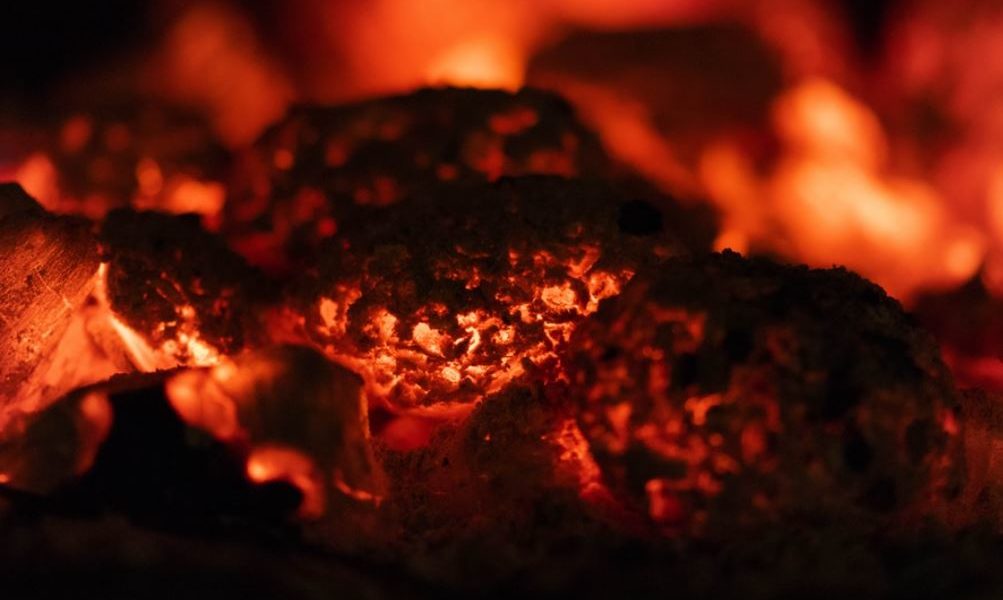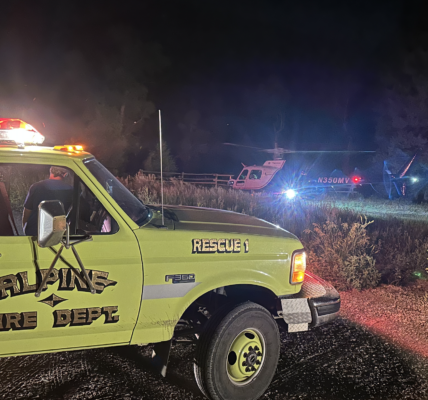By Ramsey Scott
Wyoming Tribune Eagle
Via Wyoming News Exchange
CHEYENNE – Four of Wyoming’s coal-fired power plants have been identified as potential targets for early closures to save money. And state lawmakers have worked to put up as many roadblocks as possible to keep Rocky Mountain Power from turning off the lights at those aging plants.
During this year’s legislative session, lawmakers passed Senate File 159, which requires power companies make a good-faith effort to sell a coal-fired power plant before retiring it early. If a buyer is found, they could either decide not to be regulated by the Wyoming Public Service Commission, or the power company would have to buy the power back at a rate determined by the PSC.
The bill would also keep a utility from passing along the cost of a new power resource to replace a coal-fired power plant early to ratepayers in Wyoming.
How all of this would work if Rocky Mountain Power, or any other power company, decides to close any of the state’ coal-fired power plants is still a major question for everyone involved.
Both Rocky Mountain Power and the PSC want more information from lawmakers on the time frame in which a sale needs to be advertised, how any power would be sold back to the company and what constitutes a good-faith effort.
“We’re looking for specific guidance on sections of the bill,” said PSC Chairwoman Kara Fornstrom during a Thursday meeting of the Joint Minerals, Business and Economic Development Interim Committee in Gillette.
Fornstrom said the PSC is in the process of gathering stakeholder input now to try to come up with guidelines for implementation of SF 159, culminating in a meeting of stakeholders Aug. 1 in Cheyenne. She said that meeting would be a good opportunity for lawmakers to hear from those involved and see what, if any, tweaks could be made to the law to better accomplish its goal of keeping coal-fired power plants online.
While the committee heard about how it might provide clarity on SF 159, members were also focused on why Rocky Mountain Power had identified only Wyoming coal-fired power plants for potential early closure. Lawmakers pressed representatives from the company on what made the four plants – Naughton Units 1 and 2 in Kemmerer and Jim Bridger Units 1 and 2 near Point of Rocks – ideal for early retirement.
Jon Cox, vice president for government affairs with Rocky Mountain Power, said none of the closures were set in stone. The company’s integrated resource plan, conducted every two years, wouldn’t be finalized until later this year.
But Cox said there were multiple factors Rocky Mountain Power took into consideration when it made cost projections, and why the four plants had been identified for potential early closure. Those included the age of the plants, the ability of the power output to be ramped up or down depending on the demand, the level of pollution each produced, and a potential carbon tax that could be implemented by the federal government down the road.
Cox said in each projection, including whether it was with a carbon tax or not, the company’s ratepayers would be seeing a savings if the four plants were replaced with new capacity. But the potential of SF 159 to keep Rocky Mountain Power from trying to recover the cost of a new facility in Wyoming could alter its formulas.
“When we talk about replacement resources, they need to be in the economic best interest of our customers,” Cox said. “And if it’s not, it’s a pretty big stick that the state of Wyoming is wielding over us, saying we can’t get recovery on any future assets to replace that.
“The burden of proof is on us to prove (that) it’s economical for our customers.”
Gov. Mark Gordon had already weighed in on the potential of closures in Wyoming, and on Thursday, his staff presented two legislative proposals to help bolster the case for Wyoming coal.
One would be to create a Wyoming Energy Commercialization Program that would take $10 million every biennium from coal severance taxes to be used as research and development dollars. That pool of money would be used as a match for federal grant money to find new ways to use Wyoming’s coal resources.
The other would be a Coal Marketing and Impact Program, funded with an additional $1 million every biennium to the governor’s office. That program would aim to promote the use of Wyoming coal as an energy source, along with helping deal with local impacts and diversification efforts in coal-impacted communities.
The Minerals Committee agreed to have draft legislation for both of those proposals created for debate during its next meeting this summer.





